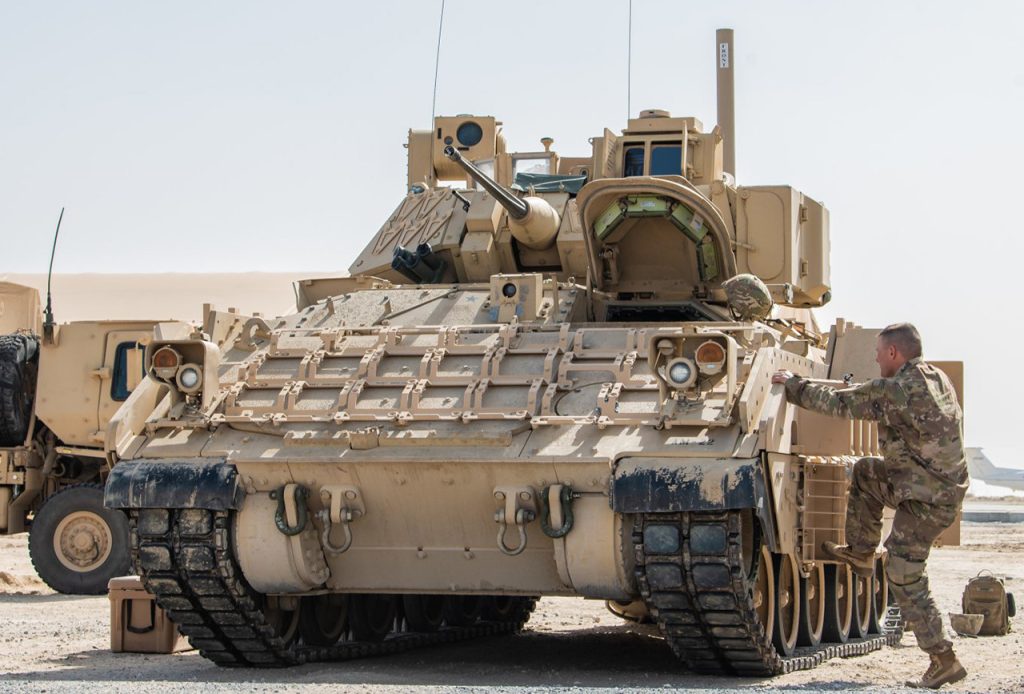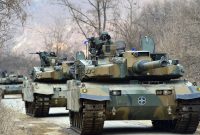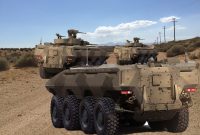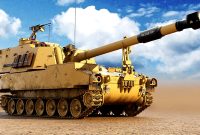The M2A3 Bradley stands as a testament to the evolution of infantry fighting vehicles (IFVs) in the United States Army. Developed in the 1970s and first deployed in 1981, the M2A3 Bradley represents a modernized variant, integrating advancements in armor, weaponry, and combat capabilities. We delve into the intricacies of this 32-ton armored behemoth, exploring its design, specifications, and its pivotal role as a priority choice for the U.S. Army in ground combat missions.
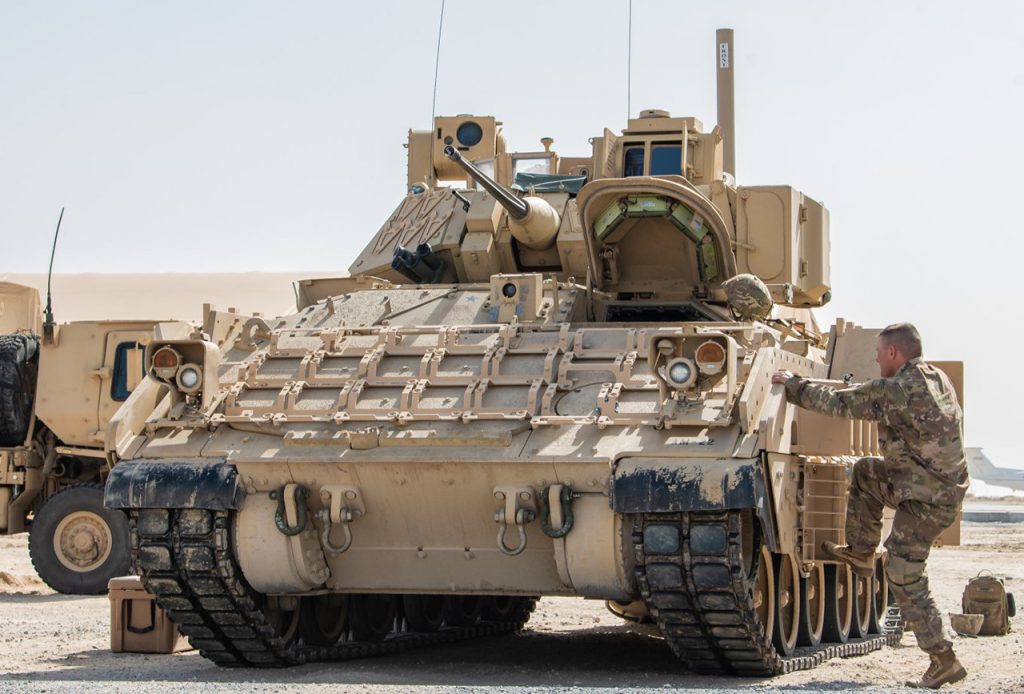
Design and Specifications:
Weighing in at 32 tons and measuring 22 feet in length and 10 feet in width, the M2A3 Bradley is a formidable presence on the battlefield. Propelled by a 600-horsepower diesel engine, the IFV achieves a remarkable top speed of 40 mph. With a three-person crew comprising a driver and a nine-person infantry complement, the M2A3 ensures a robust and versatile force deployment.
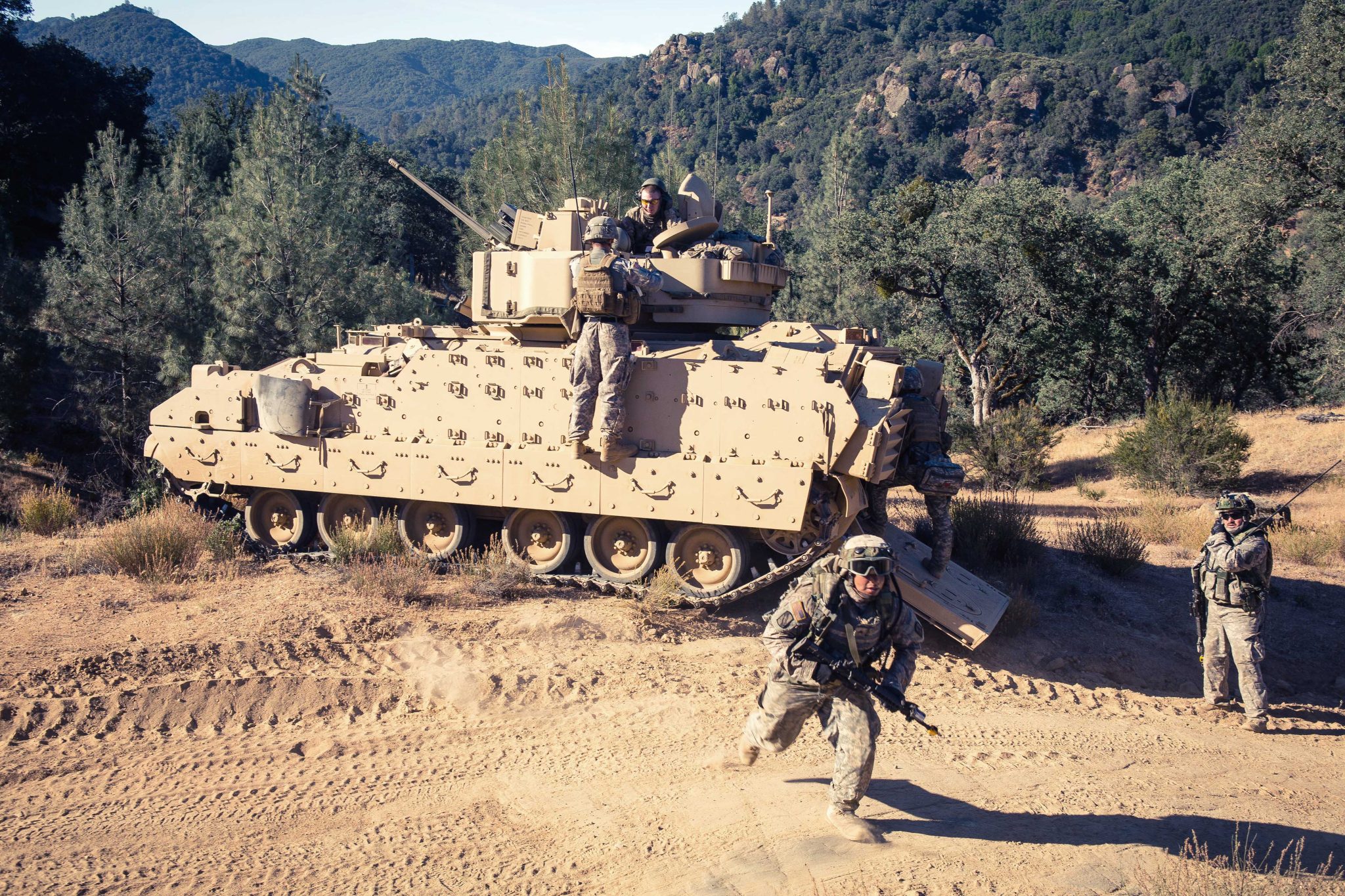
Firepower Dominance:
At the heart of the M2A3 Bradley’s offensive capability is its 25mm automatic cannon, complemented by a coaxial 7.62mm machine gun and two TOW anti-tank missiles. The 25mm cannon, capable of firing various types of ammunition including armor-piercing, explosive, and smoke rounds, provides the IFV with a versatile range of engagement options. The 7.62mm machine gun serves as an effective tool against infantry and light armored targets, while the TOW missiles offer long-range precision against heavily armored adversaries.
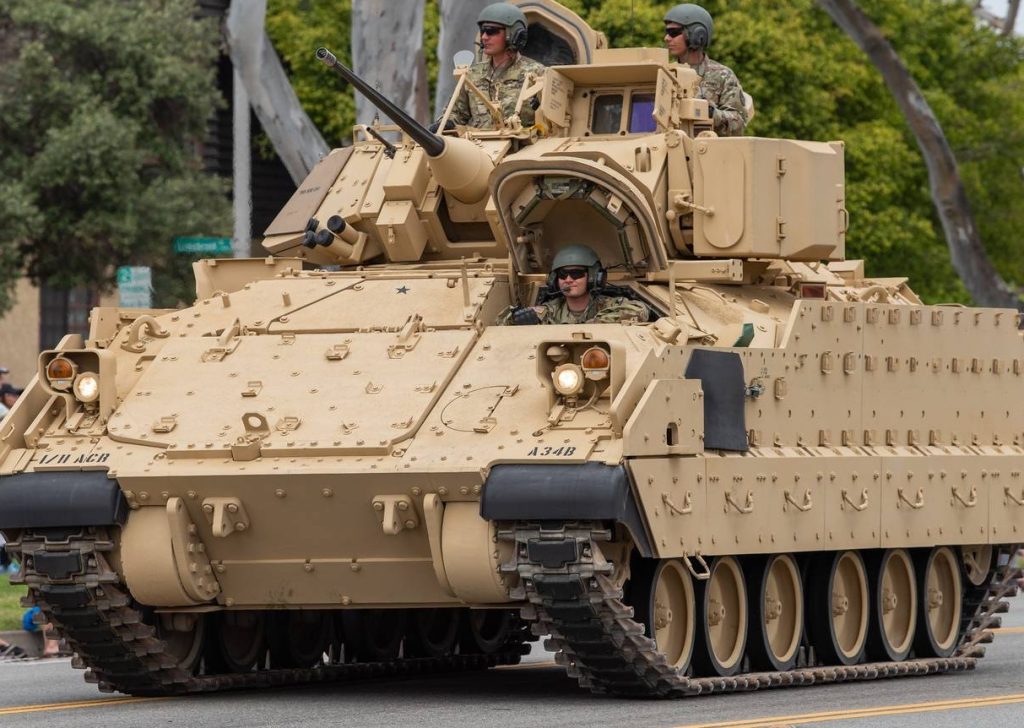
Advanced Armor and Defensive Systems:
The M2A3 Bradley is equipped with state-of-the-art armor, capable of protecting the vehicle against conventional infantry small arms and artillery shell fragments. Further enhancing its defensive capabilities, the IFV features the Trophy Active Protection System, designed to intercept and neutralize incoming anti-tank missiles, adding an extra layer of protection for both crew and infantry.
Operational History:
Having seen action in various conflicts, including the Gulf War, Afghanistan, and Iraq, the M2A3 Bradley has proven itself as an effective and reliable combat vehicle. Its adaptability to diverse terrains, coupled with its firepower and protective features, has solidified its place as a cornerstone of U.S. Army ground operations.
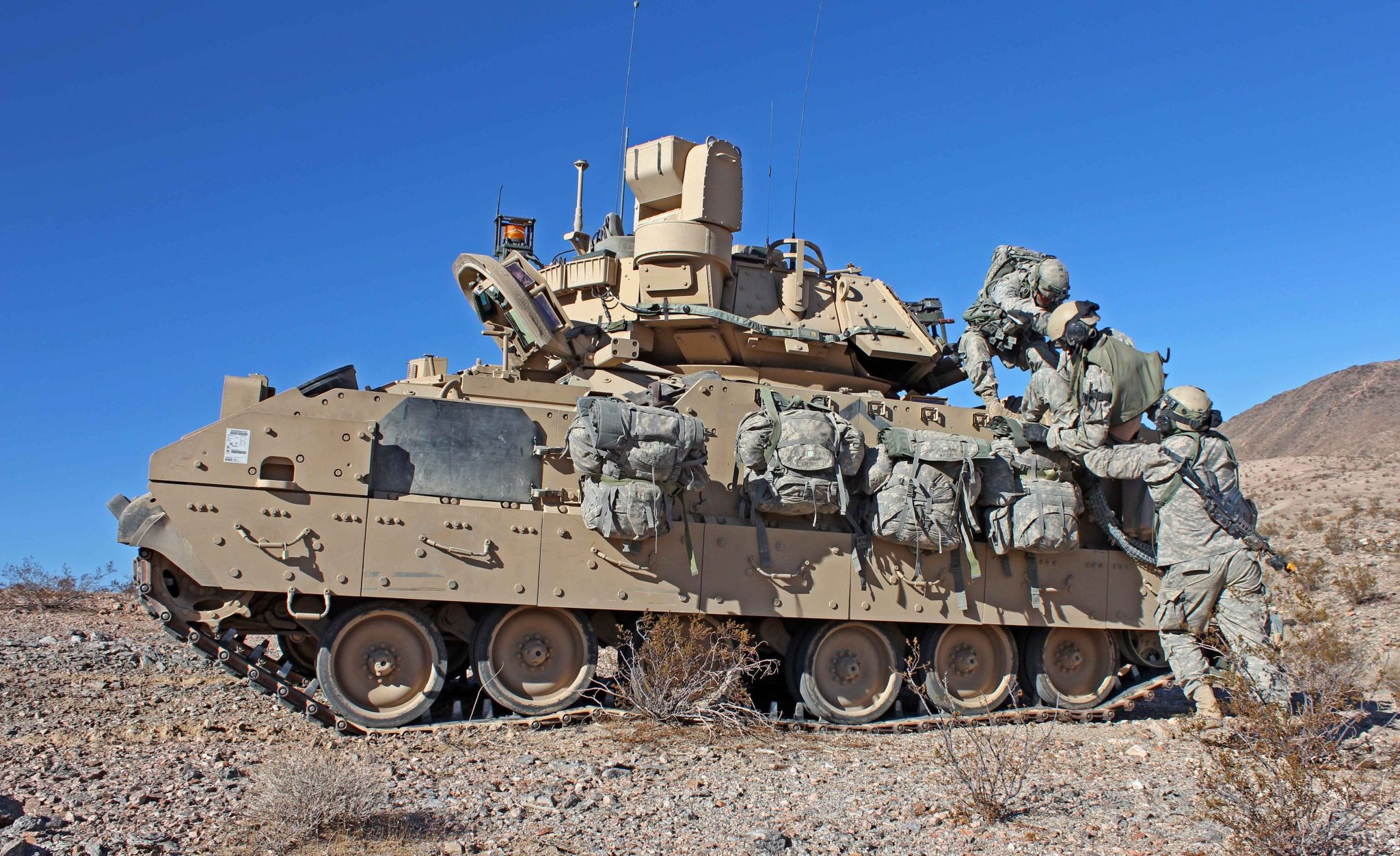
Key Features:
High mobility with a maximum speed of 40 mph Robust protection with advanced steel armor and Trophy Active Protection System Versatile combat capabilities, featuring a 25mm automatic cannon, coaxial 7.62mm machine gun, and TOW anti-tank missiles The M2A3 Bradley as a U.S. Army Priority:
The M2A3 Bradley’s status as one of the world’s most advanced IFVs underscores its significance in the U.S. Army’s modernization efforts. The vehicle’s strategic importance lies in its ability to swiftly maneuver in diverse landscapes, deliver potent firepower, and safeguard its occupants against a spectrum of threats. As the U.S. military faces evolving challenges, the M2A3 Bradley remains a priority choice, embodying the nation’s commitment to maintaining technological superiority on the ground.
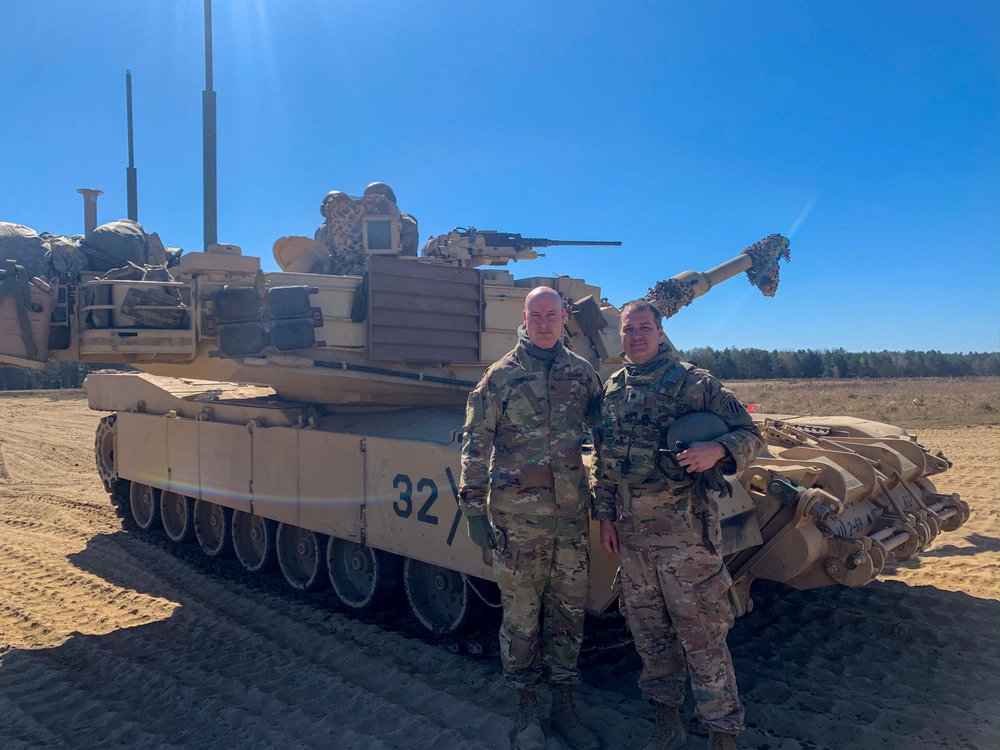
Conclusion:
In conclusion, the M2A3 Bradley stands tall as a symbol of excellence in U.S. Army infantry fighting vehicles. Its evolution, marked by technological advancements and combat-tested performance, cements its place as a priority choice for ground operations. As the global landscape of warfare continues to evolve, the M2A3 Bradley remains at the forefront, ready to uphold the U.S. Army’s commitment to supremacy in ground combat.

